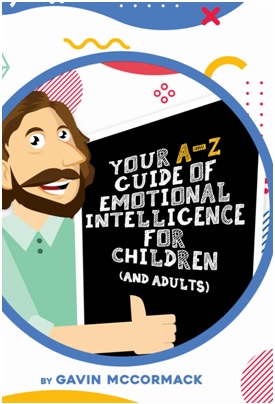In 1995, when I had just graduated from university, although not new, Emotional Intelligence became popularized with Daniel Goleman’s book, “Emotional Intelligence – why it can matter more than IQ.” The concept describes one with high EQ (emotional quotient) as having the ability to gauge one’s own and other’s feelings and emotions, to discriminate among various emotions, and use the gleaned information to guide one’s own thoughts and subsequent actions. Essentially, emotional intelligence helps us to think more clearly and engage in relationships that are more effective.
The topic of emotional intelligence has continued to capture the interest of the public and has become important in areas outside of psychology, such as business and education. In early learning developing children’s emotional intelligence involves assisting them to understand and freely speak about their emotions, along with recognizing the emotions in others. Over time, children who have developed their emotional intelligence become emotionally grounded adults who calmly and rationally adjust, adapt and manage complicated situations.
This month, we’re excited to share a truly helpful tool developed by Gavin McCormack: The A to Z of emotional well-being. In it are 26 of the best activities parents, caregivers and educators can do to allow children to feel emotionally grounded. ~ Korrie-Mae CEO, Kids@ CHP


